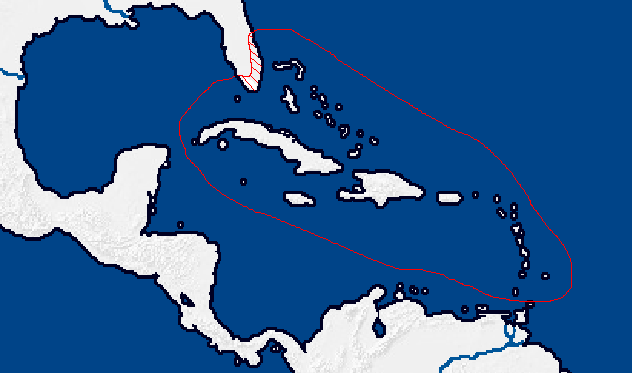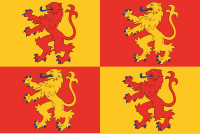Riovela
The Riovela, as they are sometimes called, is a band of various tribes from the river valley area. These tribes share a similar culture and similar values, making their coexistance peaceful.
Culture
The Riovela share a united language that is similar to that of RL Portuguese but is called
Belíssimo. The language when spoken is as much of an art as a famous painting, easily flowing off the tongue in a manner that seems natural.
The Riovela believe in the idea of polytheism, the worship of many gods, with the most prominent being Luna, God of the Terrestrial and Mythic. Luna is symbolized as the moon, earning his titles from being the only known terrestrial body in the sky and believed to harness the flow of peace of serenity on this world. Every month, sacrifices of gold and jewelry are made at the time of 'Great Night' (Lunar Eclipse). During the cycle of a blue moon, up to four sacrifices may be made.
Government & Domestic Life
In the valley of the Riovela, a small governing body of councilmen make decisions for the better of the tribe. These decisions can range from when sacrifices are due, to when the semi-annual harvests will commence and end.
Domestic life in the tribe holds a life in the fields. Much of the people work over the fields that stretch alongside the river, often for little to no pay for their labor. The only pay they may recieve might only consist of food for themselves and their families, to small golden nuggets that due to their abundance in the area, are not worth much.
OOC: How's that?






